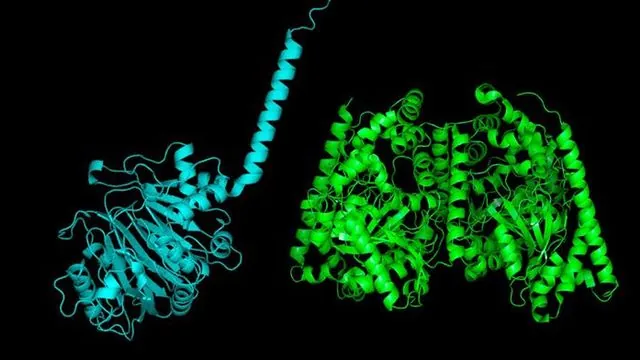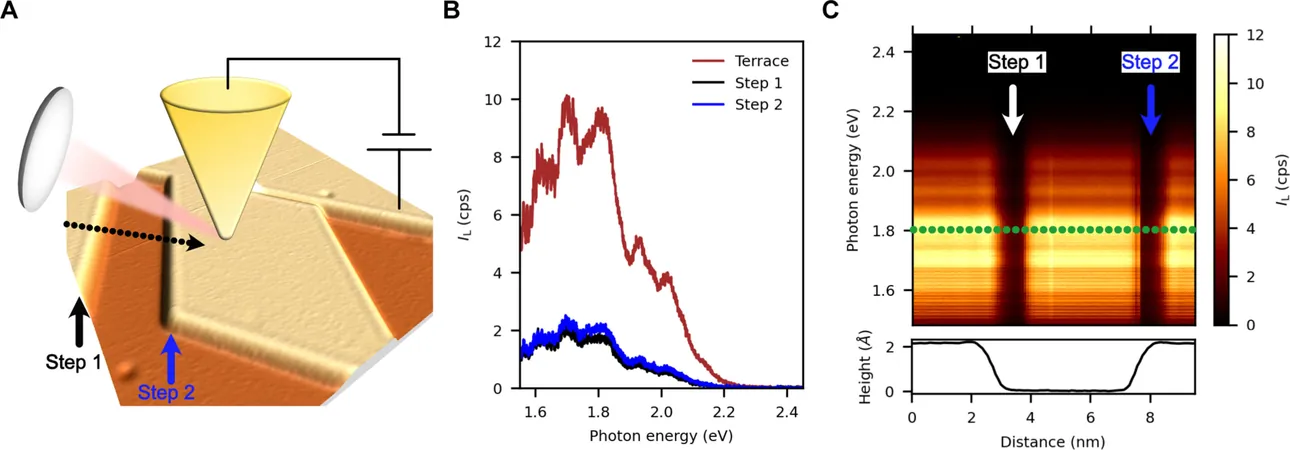
Revolutionary Gut Microbe Could Hold the Key to Overcoming Childhood Malnutrition
2024-10-25
Author: Yu
Introduction
In an exciting breakthrough, researchers from Washington University School of Medicine in St. Louis have identified a gut bacterium that could dramatically improve the health and growth of malnourished children. This study sheds light on the connection between gut microbiomes and the effectiveness of therapeutic foods designed to combat childhood malnutrition, a critical issue affecting nearly 200 million young lives globally.
Key Research Findings
Led by renowned physician-scientist Dr. Jeffrey I. Gordon, the research focuses on an innovative therapeutic food known as MDCF-2, which is specifically engineered to nourish beneficial gut microbes. In their exploration, the scientists studied Bangladeshi children who were receiving this specialized food, revealing potentially transformative insights into how these gut bacteria promote growth and health.
Significant Discoveries
One of the standout findings was a strain of the bacterium Faecalibacterium prausnitzii, which demonstrated a unique capability to produce an enzyme called fatty acid amide hydrolase (FAAH). This enzyme, previously known only in human biology, was discovered to metabolize important signaling molecules that regulate a plethora of bodily functions, including appetite, immunity, and even the ability of harmful bacteria to cause disease.
Research Observations
The research team conducted rigorous trials and observed that children consuming MDCF-2 had an increase in F. prausnitzii within their gut microbiomes, linked directly to improved growth rates. Remarkably, they found that the levels of two lipids, oleoylethanolamide (OEA) and palmitoylethanolamide (PEA), were significantly lower in children with abundant F. prausnitzii. These lipid molecules are known to suppress appetite, which can be particularly beneficial for children suffering from malnutrition.
Expert Insights
Gordon explained, “Our findings reveal that gut bacteria are not just passive residents but active participants in our health. They are like master biochemists, possessing abilities that are vital to our physiological function.” As we unravel the complex relationships between our microbial allies and health, this study paves the way for innovative therapeutic approaches that could extend far beyond malnutrition.
Potential Implications
Moreover, this groundbreaking research highlights the novel capabilities of the bacterial FAAH enzyme that surpass those of its human counterpart. Unlike the human enzyme, which has been the target of multiple drug development efforts due to its role in chronic pain and mood regulation, the microbial FAAH has an expansive range of functions, including the synthesis of lipid-modified amino acids that can influence immune responses and intercellular communication.
Conclusion
This potential to regulate immune responses and other critical bodily functions signifies a remarkable step forward in our understanding of gut health and its implications on human wellbeing. As the researchers continue to explore the vast capabilities of these microbial enzymes, it’s clear that our gut bacteria hold secrets that could revolutionize therapeutic practices not only for malnourished children but also for a variety of other health conditions.
Future Outlook
In summary, the discoveries made by Gordon and his team could herald a new era in nutritional science, providing hope for millions of children around the world grappling with malnutrition and paving the path for innovative strategies to harness the powers of our own microbiomes for better health outcomes. Stay tuned, as this research could redefine how we approach health and nutrition in the future!




 Brasil (PT)
Brasil (PT)
 Canada (EN)
Canada (EN)
 Chile (ES)
Chile (ES)
 España (ES)
España (ES)
 France (FR)
France (FR)
 Hong Kong (EN)
Hong Kong (EN)
 Italia (IT)
Italia (IT)
 日本 (JA)
日本 (JA)
 Magyarország (HU)
Magyarország (HU)
 Norge (NO)
Norge (NO)
 Polska (PL)
Polska (PL)
 Schweiz (DE)
Schweiz (DE)
 Singapore (EN)
Singapore (EN)
 Sverige (SV)
Sverige (SV)
 Suomi (FI)
Suomi (FI)
 Türkiye (TR)
Türkiye (TR)